HDD crypto farming aims for sustainability and decentralization. But with Chia rewards halved, profitability requires some farming strategy.
Cryptocurrencies aim to use blockchain technology to make transactions secure, decentralized, and efficient. Unfortunately, the first verification protocol, proof-of-work (PoW ) is environmentally unsustainable, with a massive carbon footprint.
To encourage sustainability, some have promoted a shift from PoW to models such as Proof-of-Space-and-Time (PoST), used by Chia, HDDcoin, and others. PoST is based on unutilized storage space rather than energy intensive calculations, and encourages drive reuse. To highlight the difference from mining based on PoW, the Chia Network coined the term “farming.”
Chia is at the forefront of HDD crypto farming. However, in March 2024, Chia farming rewards were cut in half. This means farmers need new strategies if Chia farming is to remain profitable. Thankfully, from JBODs, to recertified drives, to plot compression, there are multiple ways HDD farmers can reduce overhead.
Some Background
Cryptocurrencies are based on blockchains. These are cryptographically secure, distributed chains of information which record transactions. These transactions are mirrored in every node in the network of the cryptocurrency in question, making exchange decentralized.
Of course, this only works if there’s consensus at each node in which transactions took place. The first consensus mechanism was proof-of-work (PoW), used by Bitcoin.
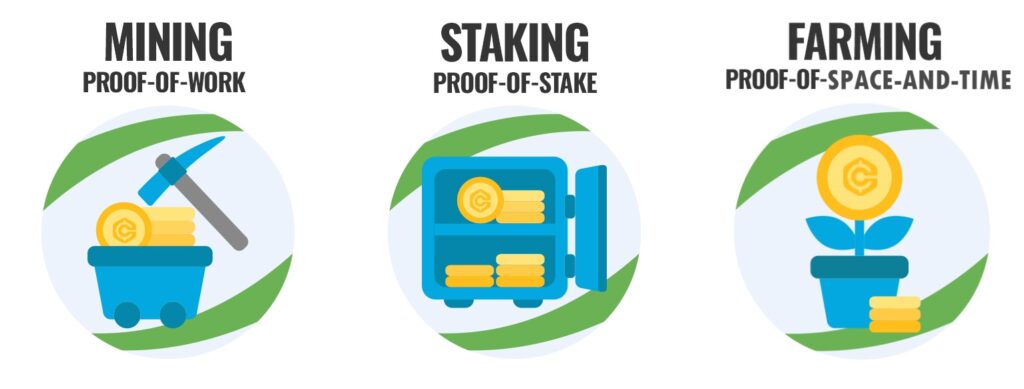
In PoW, miners solve complex mathematical calculations to validate data and add blocks. These calculations are highly energy intensive, and also require an expensive and sophisticated hardware setup, giving the edge to big players. To make cryptocurrencies more sustainable and decentralized, crypto designers explored alternative consensus mechanisms, such as proof-of-stake (PoS) and proof-of-space-and-time (PoST).
For example, in 2022, Ethereum moved from PoW to PoS. Before the switch, Ethereum miners were collectively consuming about the same energy annually as the Czech Republic. By moving away from PoW, they ended up reducing power demand by at least 99.85%.
HDD Crypto Farming
Though greener than PoW, PoS cryptos have faced criticism for being too centralized. In PoS, you lock, or “stake” some number of tokens, and the chance you’ll be assigned a validation task is greater the more tokens you stake. When it comes to PoS mining, this clearly gives the edge to token-rich miners. It is also subject to various security flaws if one person gains enough tokens.
Among these options, HDD-based cryptocurrencies using PoST offer a middle road. Chia characterizes itself as a blockchain with a focus on sustainability. It maintains that PoST offers the security and decentralization of PoW and the environmental friendliness of PoS.
PoST establishes consensus by leveraging over-allocated hard drive space. It works a bit like a lottery: you “plot” hard drives with your lottery “tickets”, and the Chia Network then issues a challenge to which someone’s ticket is the answer. If you win, you have “harvested” Chia coin. Leaving aside the specifics, the bottom line is that plotting requires far less demanding computations.
Examples of HDD-based crypto-currencies include:
- Chia: Widely considered the first HDD-based crypto. Chia is a blockchain with smart transaction capabilities, which aims to be sustainable and legally compliant.
- HDDcoin: A PoST-based eco-friendly decentralized crypto that began as a fork of the Chia blockchain.
- Signum: Formerly known as Burstcoin, this crypto enables smart contracts, escrow transactions, and asset exchange. It uses “Proof of Capacity” (PoC), a PoST variation which also relies on spare storage space.
- Spacemesh: A permissionless blockchain protocol that implements a decentralized ledger known as the ‘Mesh’ in an open-source codebase. It emphasizes accessibility.
- Filecoin: A blockchain for decentralized storage. It verifies utilizes a proof-of-space variant called “expected consensus.”

Related Reading
Environmental considerations have led to increased interest in alternatives to PoW. Read on for an explanation and comparison of consensus mechanisms.
Benefits of HDD Farming
HDD farming marks a shift in the way we look at blockchain technology. Though PoST is relatively new and its adoption ongoing, the fundamentals of consensus remain the same. However, the process for reaching that consensus is significantly more sustainable.
HDD crypto farming has several benefits:
- High-end GPU and ASIC are replaced with storage space.
- HDD crypto farming generally uses less power. PoST consensus also encourages the reuse of HDDs, cutting down on e-waste.
- You can often get started without sophisticated equipment.
- The simplicity of HDD-based crypto enhances decentralization and transparency.

Related Reading
Encouraging HDD reuse is a key part of the fight a against e-waste. Enter recertified drives, which are rigorously vetted for reliability before they hit the market.
A Challenge: The Chia Halving Event
Chia has reward halving built into its operation, which occurs after a pre-set number of transactions take place. For example, in March 2024, after block reward 5,045,760, all subsequent Chia block rewards were cut in half.
The basic purpose of halving is to control the supply of crypto coins and to mitigate inflation in the long run. There are four reward halving events built into the monetary policy of Chia by design, with the final halving estimated to take place by March 2033 (the exact timing will depend on the rate of transactions). Halving isn’t unique to Chia, or to PoST crypto: many cryptocurrencies, such as Bitcoin, have reward halving built into their lifecycles.
Reward halving is what it sounds like: for farming the same space as before, farmers are awarded only half the amount of Chia coin. This means that despite the benefits of HDD farming, farmers need to strategize if Chia farming is to remain profitable. Fortunately, there are several potential ways to go about doing so.
Tips for HDD Farming
The halving of Chia rewards means farmers need more HDD space to gain the rewards. Since unused storage space is the single most important piece of equipment for a Chia farmer, much of the thought goes into the drives in your Chia farm.
Obviously, cost and capacity are crucial considerations. However, durability should also be taken into account, as a dead drive sprouts no coin. Recertified HDDs are a good option here. They’re cheaper than new drives, while going through the same rigorous battery of tests. Recertified drives are also sometimes available with a warranty.
Another way to cut costs is by buying in bulk, and arraying drives together as JBODs. Compared to the common RAID architecture, JBODs offer increased overall capacity, since they have no built-in redundancy such as striping, mirroring or parity.
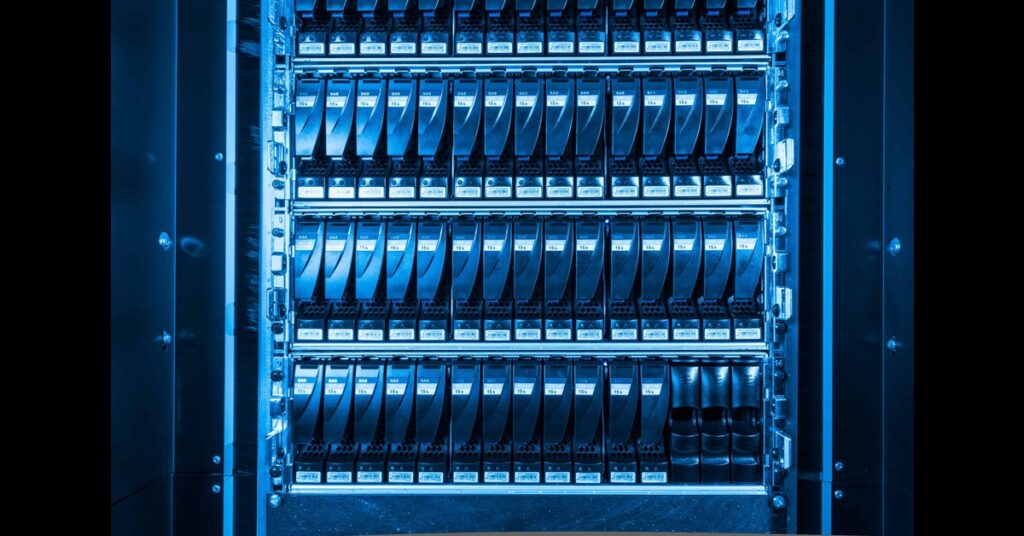
Related Reading
JBODs make efficient use of space, though they typically don’t have as much redundancy as RAID. Pre-built JBODs are one way to ramp up your farm’s capacity.
Recertified HDDs based on JBOD architecture can further improve the cost effectiveness of the farming operation. The flexibility of JBODs lets one add more space to the storage pool, making it easier for farmers to expand their farming capacity.
What is Plot Compression?
Farmers looking to further maximize their farming efficiency can try plot compression for more efficient storage utilization.
Plot compression is an innovative way for farmers to maximize farming efficiency and optimize storage. Compressed plots translate to reduced file size, enabling more plots on the same storage device. However, the higher the compression level, the more computation that is needed to decompress the plots. In fact, compute overhead scales up exponentially, by design.
Compression levels range from C1 to C9 (C0 is no compression). Higher compression levels allow larger effective plot size, but with higher decompression workloads. Thus, while plot compression optimizes storage space, there’s a tradeoff between saving space and reducing energy costs due to compression/decompression computations. Plotting software like Bladebit and Gigahorse can be used to create compressed Chia plots.
Here are some handy equations. “TBe” stands for “effective terabytes”, a function of your raw TB and the compression level.
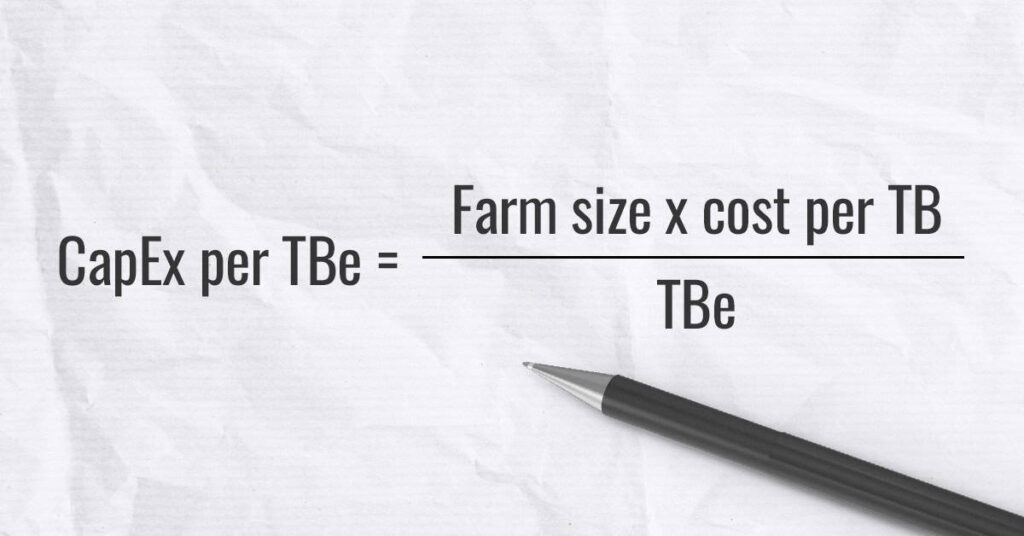
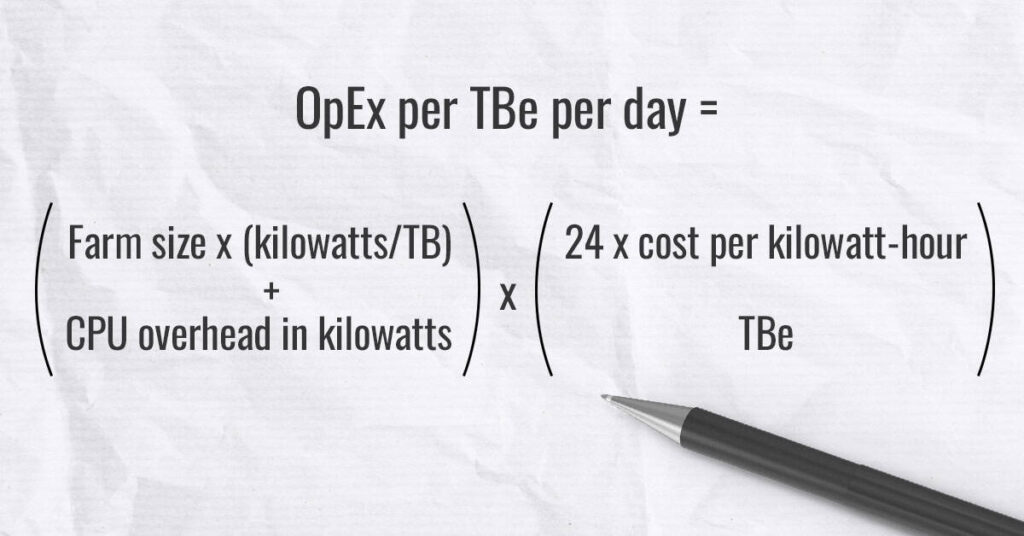
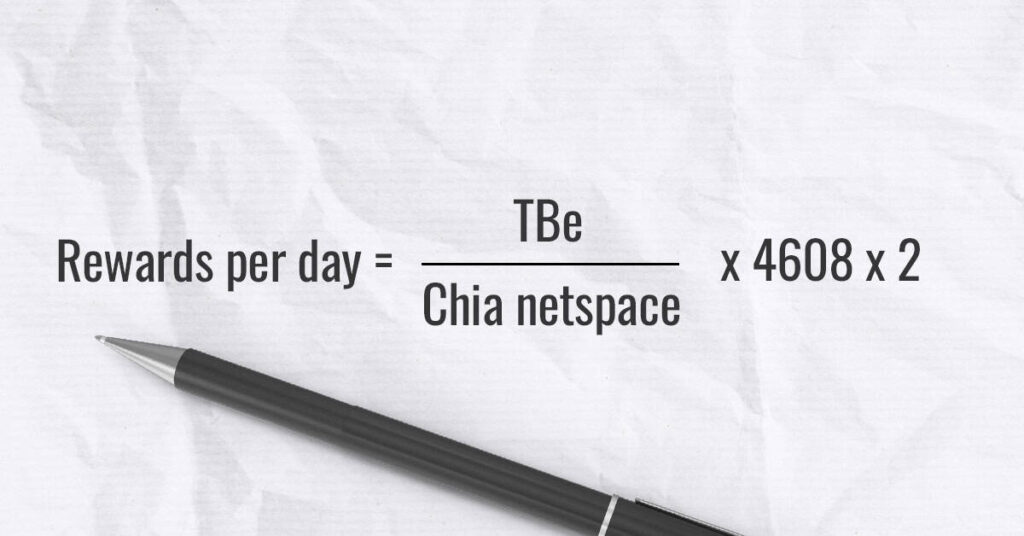
Plot compression adds a level of technicality to the overall farming process. If the compression levels do not align with your farming setup, it can prove taxing on your device performance. Increased decompression workloads and compatibility issues with older hardware and software can negatively affect system performance and farming process. Ensuring an adequate farming setup consistent with compression level and vigilant monitoring can help solve plot compression issues.
In mid-June is another halving event, called plot-filter halving. Cutting the plot filter in half will help in saving energy by reducing computation needed per Chia challenge. While this event likely won’t impact small farmers significantly, it will deter ‘plot grinding,’ which is where farmers with the means to do so create and delete Chia plots.
Conclusion
Transitioning from PoW to PoST marks a significant shift in the crypto ecosystem, driven by an emphasis on waste avoidance and decentralization. Chia’s model exemplifies how sustainable cryptocurrencies offer an eco-friendly alternative to traditional cryptos like Bitcoin.
But it takes some strategy for Chia farming to remain profitable. When you pair the energy-efficient PoST consensus protocol with a carefully selected farming setup, you may enhance the efficiency, scalability, and profitability of farming. Tricks such as using recertified HDDs, JBODs, or strategic plot compression may prove especially helpful at a time when events like Chia reward halving make profitability more challenging.
Nevertheless, adoption of sustainable crypto can be a door to a sustainable, secure, and decentralized blockchain ecosystem.
Contact Horizon for JBODs and recertified drives to meet your HDD crypto farming needs.











